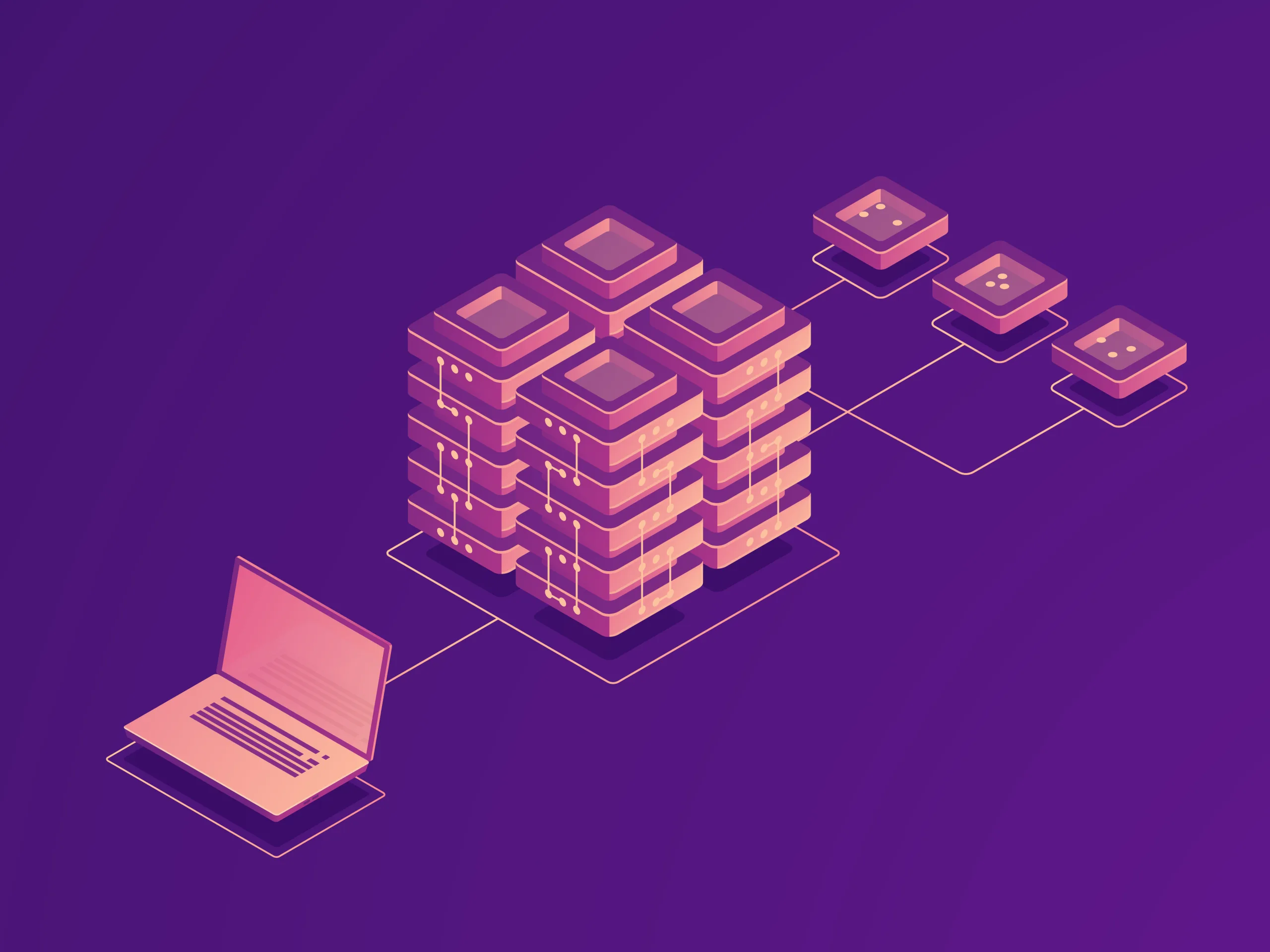When it comes to creating robust, scalable, and secure web applications, the Ruby on Rails framework has established itself as a popular choice amongst developers. A key reason behind this popularity is the ease of building APIs.
In this article, we shed light on the Rails API, explaining its basics and illustrating how you can use it to elevate your web development projects.
Understanding MVC Pattern in Rails API
Rails heavily relies on the MVC (Model-View-Controller) pattern. MVC divides your application into three components. Here’s what each component does:
- Model: This is where your application’s business logic resides. Entities like Account, Product, or Post, which are integral to your application functionality, are found here.
- View: The view layer is responsible for rendering your application’s UI. Primarily, views generate controller responses or create the body of an email.
- Controller: The Controller layer is the intermediary between Model and View. It manages incoming requests and provides a suitable response.
Rails, with its MVC pattern, allows each of these components to remain separate and handle their responsibilities independently. As such, Rails paves the way for clean and organized coding.
Implementing Rails API
An API (Application Programming Interface) in Rails allows your applications to interact with other software or services. Let’s understand this with an example.
Consider GitHub; it offers an API that developers can use to interact with the platform through their custom clients. Similarly, using Rails API, you can design your backend in a way that it can interact with various front-end applications, irrespective of whether they’re web-based or native applications.
Creating a new application
$bin/rails new app_name --apiCode language: PHP (php)Running the above command line instruction will create a new API-only application in Rails.
Generating a new resource
$bin/rails generate scaffold post title:string body:textCode language: PHP (php)The above command will create a Post resource with two attributes: title and body.
Updating the database schema
Having created a new resource, update your database schema with the following command:
$bin/rails db:migrateCode language: PHP (php)Caching in Rails API
When it comes to improving your Rails API performance, caching is an essential aspect to consider.
By making use of Rack::Cache, Rails allows you to cache the HTTP response directly.
# Gemfile
gem 'rack-cache'
Code language: PHP (php)You can enable cross-client caching by feeding it in a call to stale?.
# app/controllers/posts_controller.rb
def show
@post = Post.find(params[:id])
if stale?(@post, public: true)
render @post
end
endCode language: PHP (php)Conclusion
This article provides you with a high-level overview of Rails API. It begins by introducing MVC, the architectural principle guiding Rails. By creating a separation of concerns, MVC leads to neatly organized coding.
Then, we delved into the implementation of Rails API. We learned how to create a new application, generate a new resource, and update the database schema.
Lastly, we touched upon the topic of caching in Rails and how it takes your Rails API performance to the next level.
The journey across Rails authorization has set the stage for this one, and up next we have another interesting topic in the Rails universe coming your way soon.
- Remote Hiring in 2025 - April 5, 2025
- Burnout in Remote Teams: How It’s Draining Your Profits - January 27, 2025
- Signs You’re Understaffed - January 20, 2025
